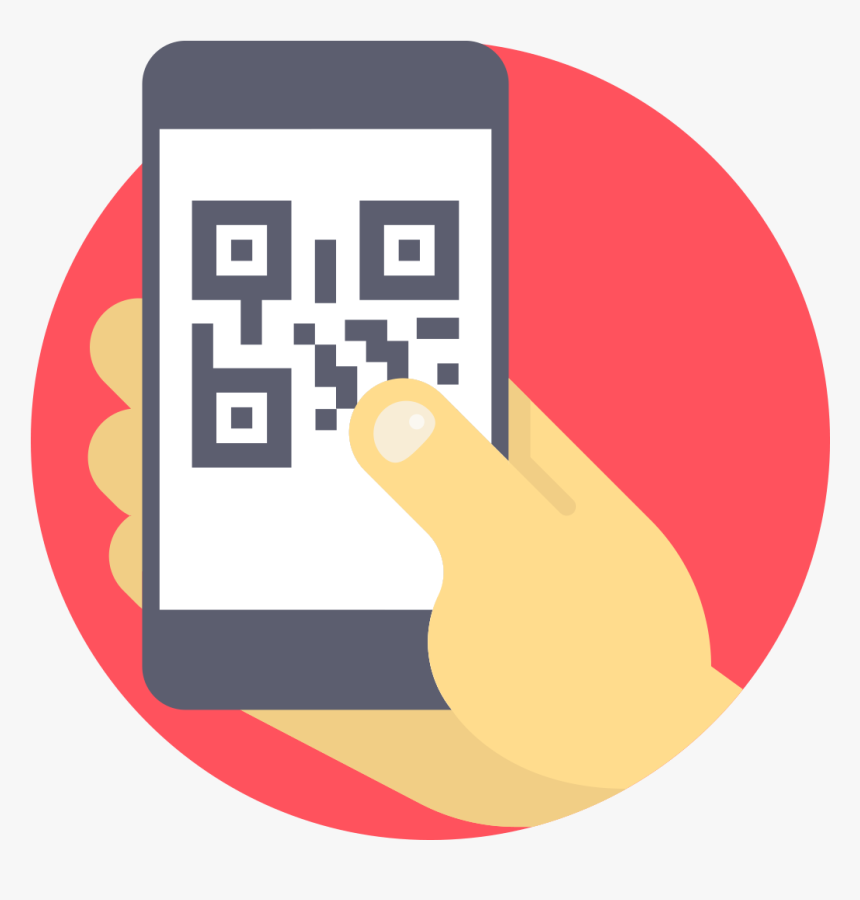Table of Contents
Understanding QR Codes
Quick Response (QR) codes have become an integral part of our digital lives. They are two-dimensional barcodes that can store a variety of information such as URLs, contact details, text, and more. QR codes are widely used in marketing, event management, and product packaging due to their ease of use and ability to provide quick access to information. Understanding the basics of QR codes is crucial before diving into the process of creating one. Essentially, QR codes work by encoding data in a way that can be quickly decoded by a smartphone camera or a QR code scanner. This data is often a URL that directs the user to a website or online resource, making QR codes a powerful tool for bridging the physical and digital worlds.
Choosing the Right QR Code Generator
Selecting a reliable QR code generator is the first step in creating a QR code. Numerous online tools are available, both free and paid, each offering a range of features. Free QR code generators are typically sufficient for basic needs, such as creating codes for URLs or simple text. However, paid versions often provide advanced features like tracking, customization, and integration with other software. When choosing a QR code generator, consider factors such as ease of use, customization options, and the ability to track and analyze the code’s performance. Popular QR code generators include QR Code Generator, QRStuff, and Beaconstac. Each of these tools offers unique features that cater to different needs, making it important to choose the one that best aligns with your requirements.
Creating Your QR Code
Once you’ve selected a QR code generator, creating your QR code is a straightforward process. Start by entering the data you want to encode. This could be a URL, contact information, or any other type of data supported by the generator. Most generators will offer customization options, allowing you to change the color, shape, and design of your QR code to match your brand or personal preference. After entering your data and customizing your QR code, generate the code and download it in your preferred format, such as PNG or SVG. It’s important to test the QR code with a smartphone or QR code scanner to ensure it works correctly before distributing it. Testing helps to verify that the encoded information is accurate and that the QR code can be scanned easily from various devices.
Best Practices for Using QR Codes
To maximize the effectiveness of your QR codes, it’s essential to follow best practices. First, ensure that your QR code is placed in a prominent and easily accessible location. Whether you’re using it on printed materials or digital platforms, visibility is key to encouraging scans. Second, provide a clear call-to-action (CTA) near the QR code. Inform users what they will receive or achieve by scanning the code, which can significantly increase engagement. Third, regularly monitor and analyze the performance of your QR codes if your generator supports tracking. This data can provide insights into user behavior and the effectiveness of your QR code campaigns. Finally, keep the design simple and avoid overloading the QR code with too much information, as this can make it difficult to scan. By following these best practices, you can effectively integrate QR codes into your marketing and communication strategies.
By understanding QR codes, choosing the right generator, creating and customizing your QR code, and following best practices for usage, you can harness the power of QR codes to enhance your digital presence and engage with your audience in a meaningful way.make a qr code

